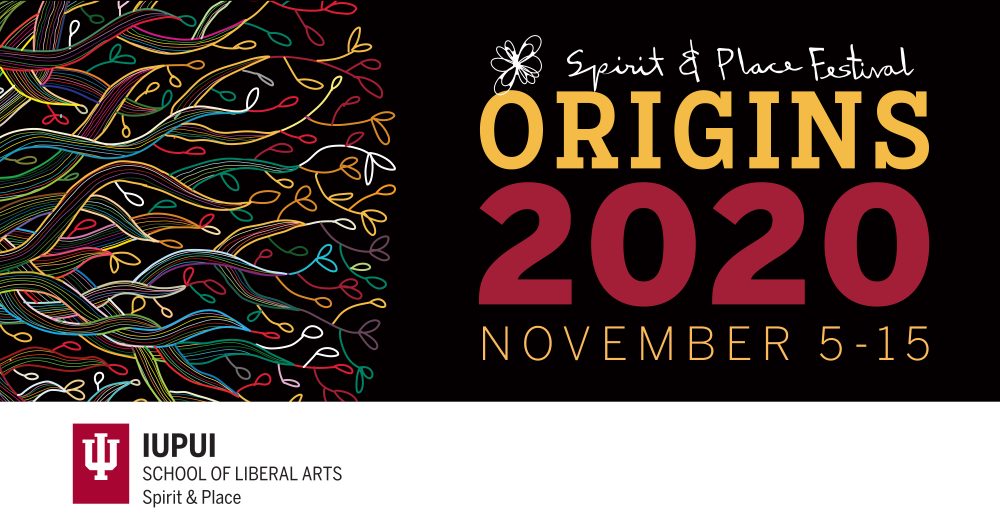Indiana and Israel: Home and Homeland
Lindsey Mintz
Executive Director of the Jewish Community Relations Council
Did you know that when a plane touches down in Israel, people on board clap and cheer? And yes, some actually kiss the tarmac. Each time I land in Israel, tears of gratitude well in my eyes as I exhale and feel, home.
During the summer before my third grade year, my family lived and worked on a kibbutz in northern Israel, just minutes from the Sea of Galilee. We were paired with a family similar to our own, with feisty daughters, loving moms, and fathers who oozed both wit and wisdom. My dad worked as the kibbutz dentist, my older sisters picked oranges in the grove, my mom priced items in the grocery store, and I got to play in the summer camp. At the age of nine, I picked up quite a bit of Hebrew and quickly made friends. Everyone on the kibbutz had a bike, so we were given one too. Each day, members of my family would come back together to share meals in the communal dining room. And on Friday night the entire kibbutz gathered to sing the ancient prayers and songs of Shabbat – words and melodies that I knew, but was hearing for the first time sung by Israelis, whose Hebrew was like silk.
When we weren’t on the kibbutz, we travelled throughout Israel alongside our host family. Scenes from that summer are etched in my mind: clinging to the toe-path walking cautiously down Masada; feeling a cut on my skin sting in the salty waters of the Dead Sea; shivering in our car looking up at the snow-capped Mount Hermon; playing endless paddle-ball on the beach in Tel Aviv, and holding tight to my father’s hand through the bustling corridors of Jerusalem’s Old City; somehow appreciating the magnitude of touching the same stones placed by the earliest Jews nearly 3,000 years ago.
That summer was over 30 years ago, and since then I have been to Israel more than a dozen times, including a year living in Jerusalem to study at the Hebrew University. After graduate school, I spent another summer living once again on that kibbutz from my childhood – this time as an adult on my own. I was issued a bike, and remembered exactly how to navigate to the small apartment home of my host family, where they were waiting to welcome me with open arms! I was home.
And yet, I love to boast that I’m a third generation Jewish Hoosier, whose great-grandparents fled the pogroms of Eastern Europe to find safety in, of all places, South Bend, Indiana. I’m proud to share that my grandfather is one of only a handful of umpires inducted into the Indiana Baseball Hall of Fame, and that for over 40 years my father provided dental care to Hoosier children most in need. I’m grateful to have graduated from IU and IUPUI with degrees in Jewish Studies and Public History, having focused my research on Indiana Jewish history. And I cherish the 10 summers I spent at a Jewish camp in Zionsville, the place where I would meet my future husband and where we send our children today.
When I look back now, I can see clearly how all of these experiences, and all of these people – both in Israel and in Indiana – imprinted me, shaped my identity as a Jew and as a Hoosier, and influenced the direction my life would take, both personally and professionally.
As the director of the Jewish Community Relations Council, I have the privilege of conveying the interests and concerns of the Indiana Jewish community to Hoosiers throughout the state. If I do my job well, I help people understand how – and why – the Jewish community is so committed to improving and protecting the lives of people living in two places that many call home: Indiana and Israel.
= = = = = =
Each year Spirit & Place partners with WFYI on a series of essays on the annual theme. Listen to them here.

 Fostering Home
Fostering Home